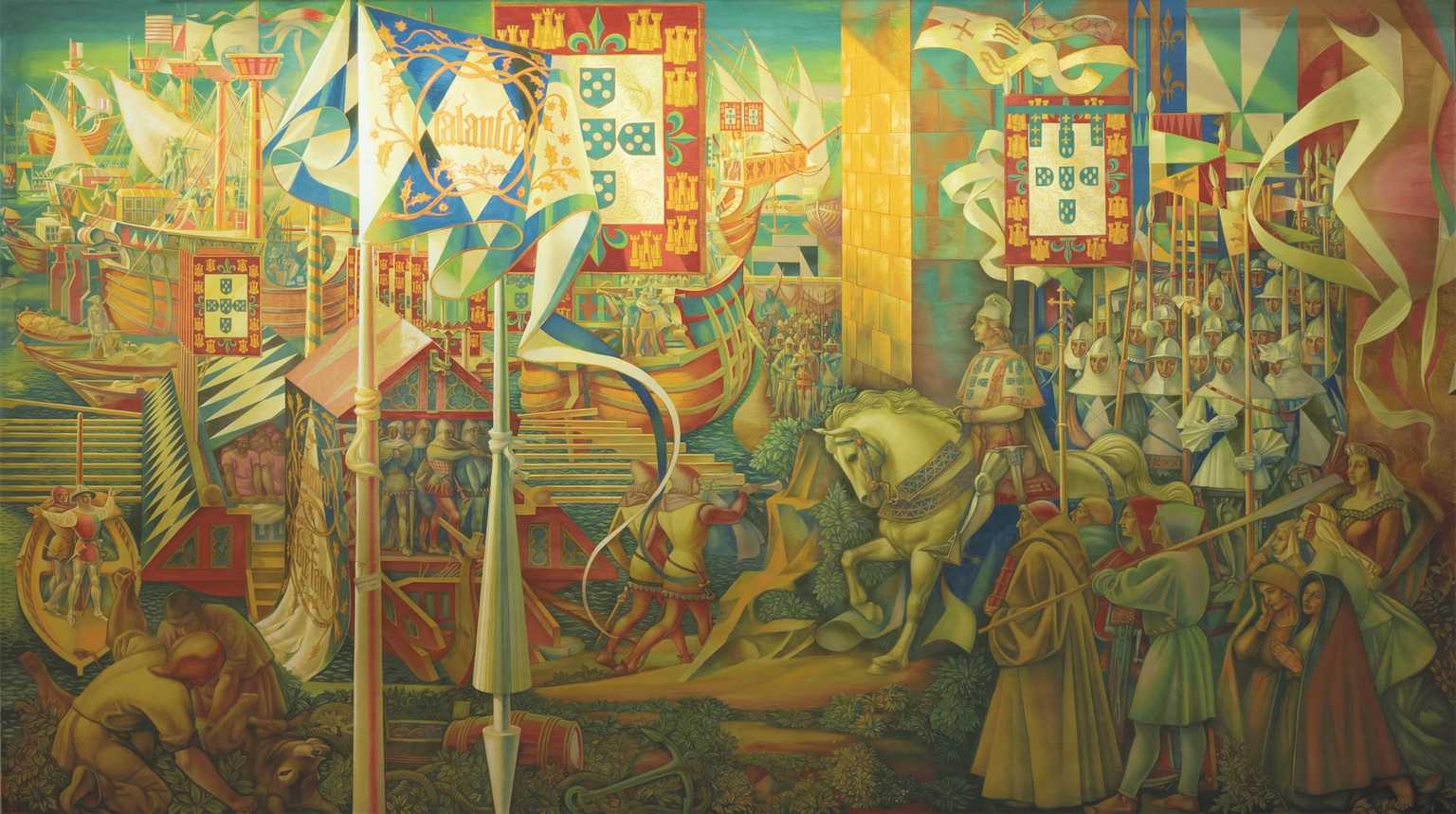
Art in the Palace of Justice
Sixth Floor
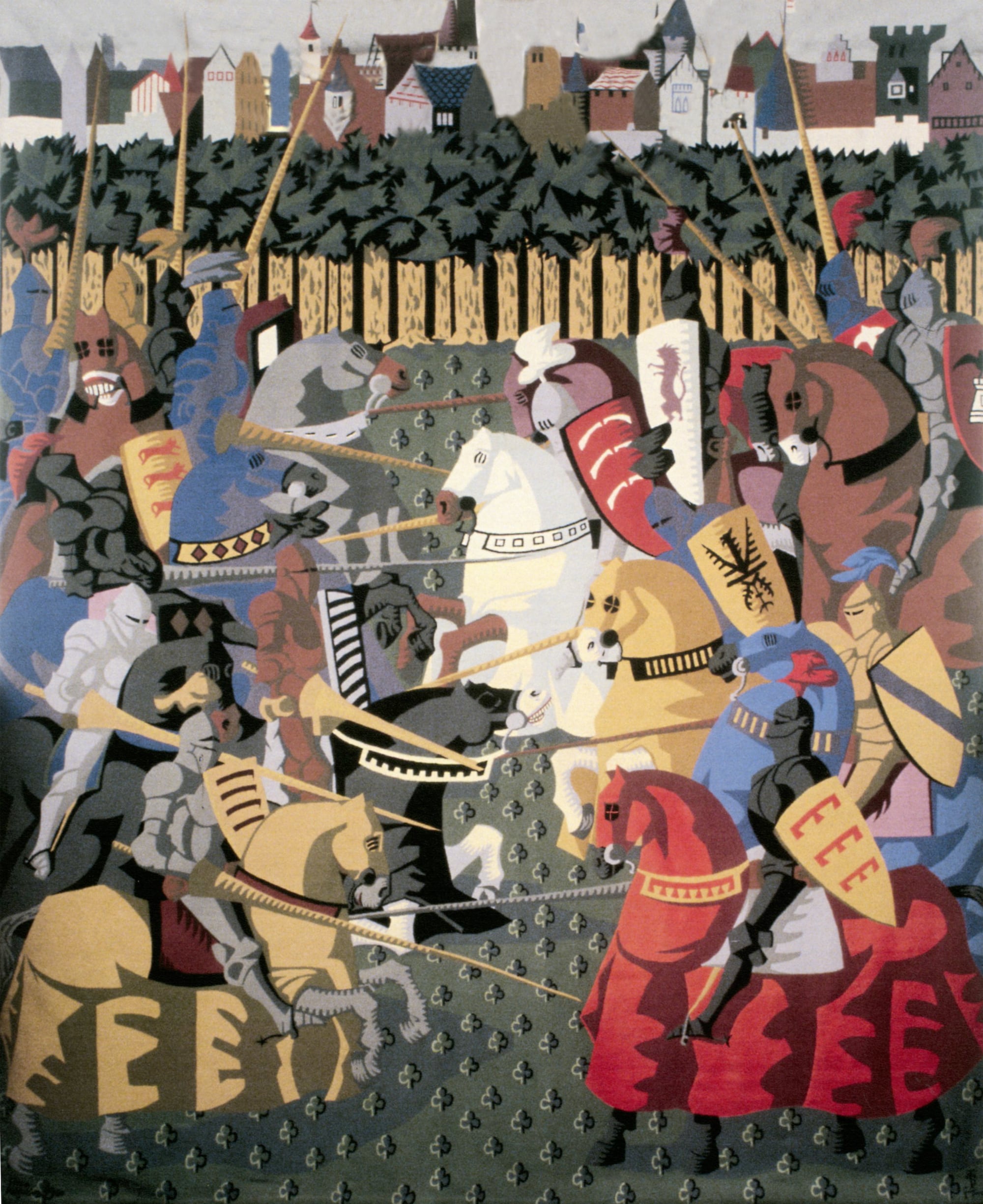
On the 6th floor, in the waiting room of the District Attorney General there's a tapestry by Sousa Felgueiras representing the chivalric historical-legendary episode "The Twelve of England" (in the transition of the 14th century to the 15th). Narrated in "The Lusiads", it became a pretext for the famous reference of Luís de Camões to Porto: In that fam'd loyal City, whence, 'tis said, Illustrious Portugal derived her name.
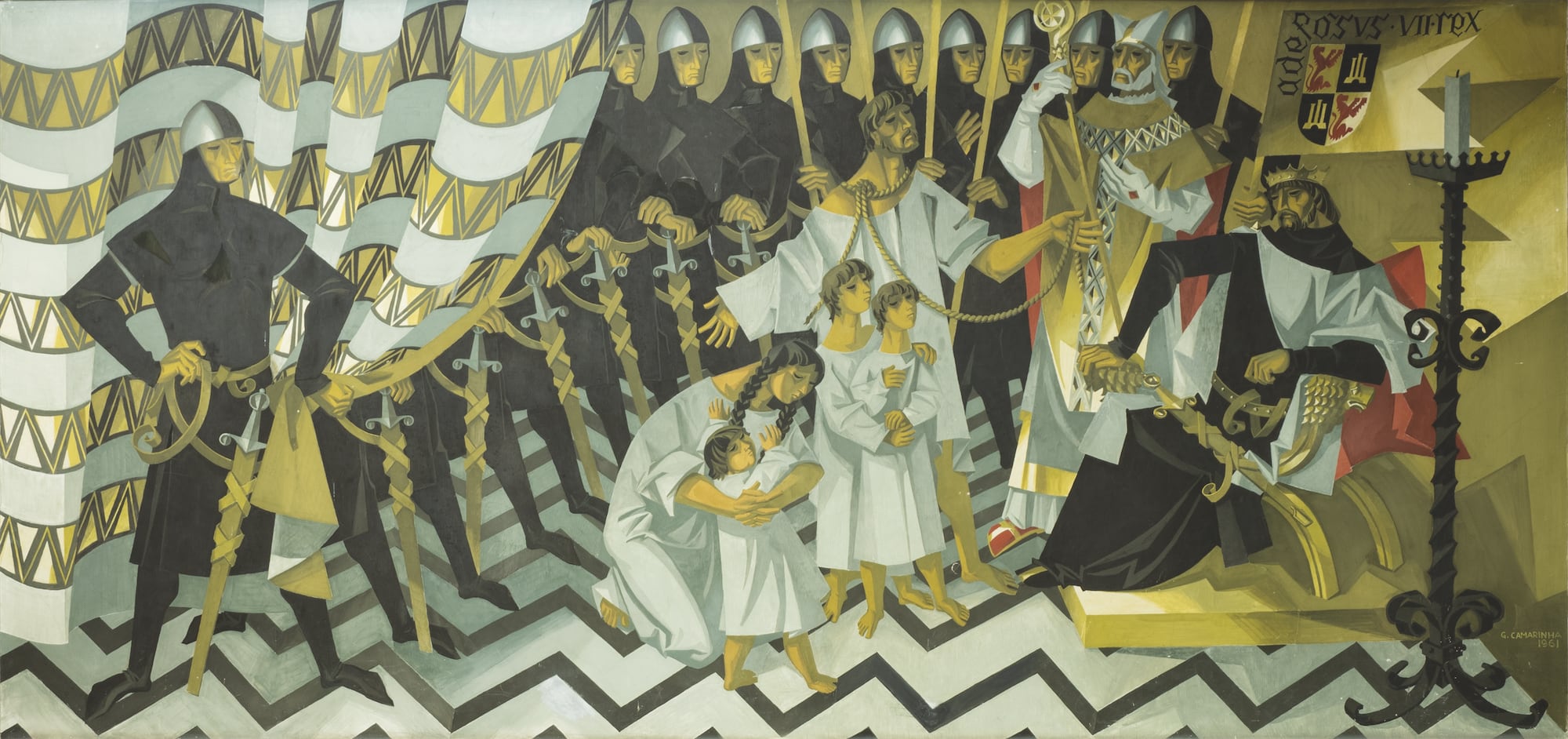
In the 1st Section Court Room the fresco “Preito de Lealdade de Egas Moniz” by Guilherme Camarinha [1912-1994] represents the famous and legendary episode of the history of Portugal (12th century) in which the supposed servant of D. Afonso Henriques, Egas Moniz, with a rope round his neck, submits himself and his family to the King of Castile.
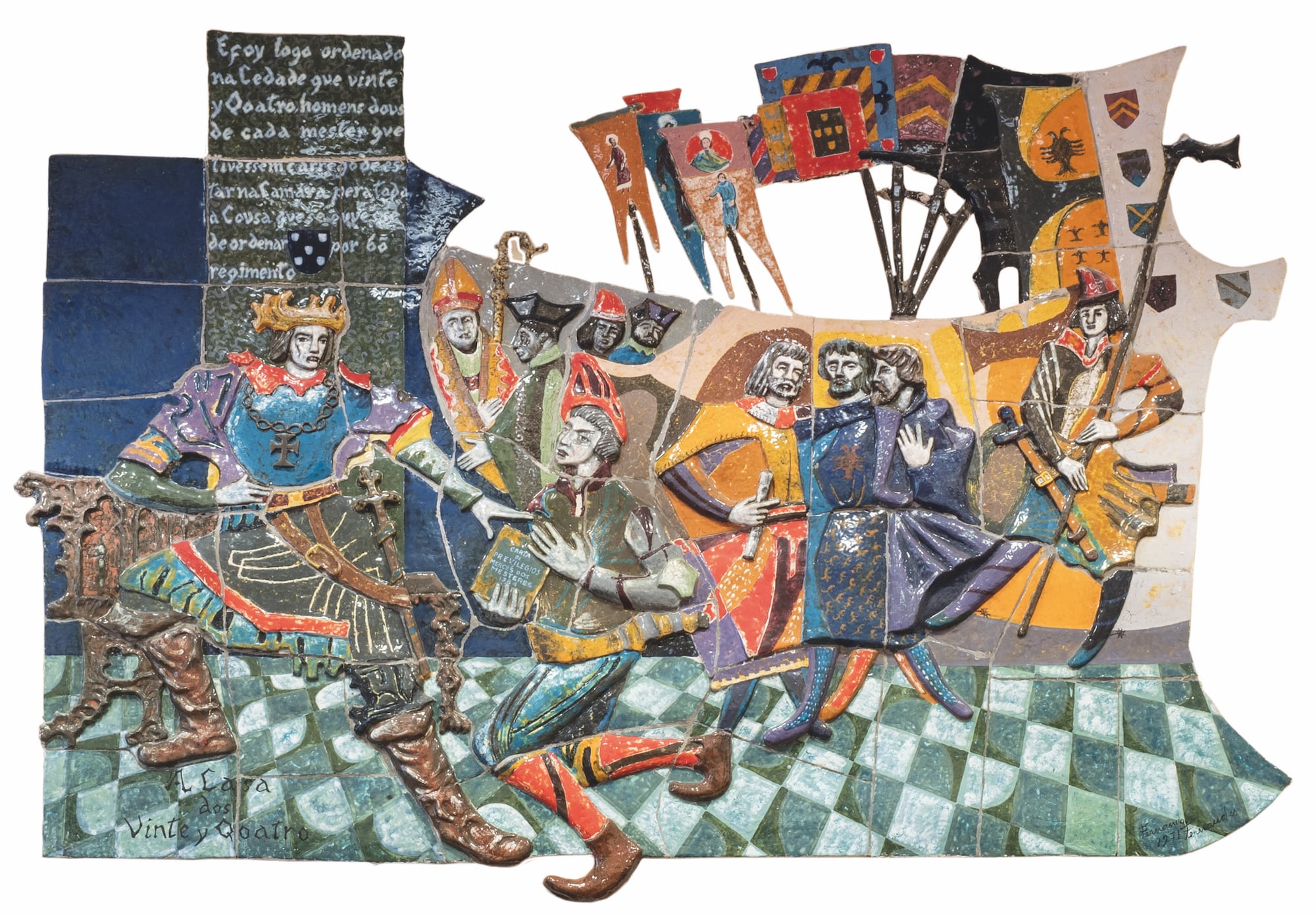
In the Court Room of the 1st Civil Court the main highlight is the “Criação da Casa dos Vinte e Quatro” with King D. João I delivering the royal charter to the first Judge of the People. This work by Fernando Fernandes [1924-1992] dates from 1958, but because its aesthetic (somewhat expressionist) was dissonant in relation to the other artistic interventions, it only came to be displayed in 1971.
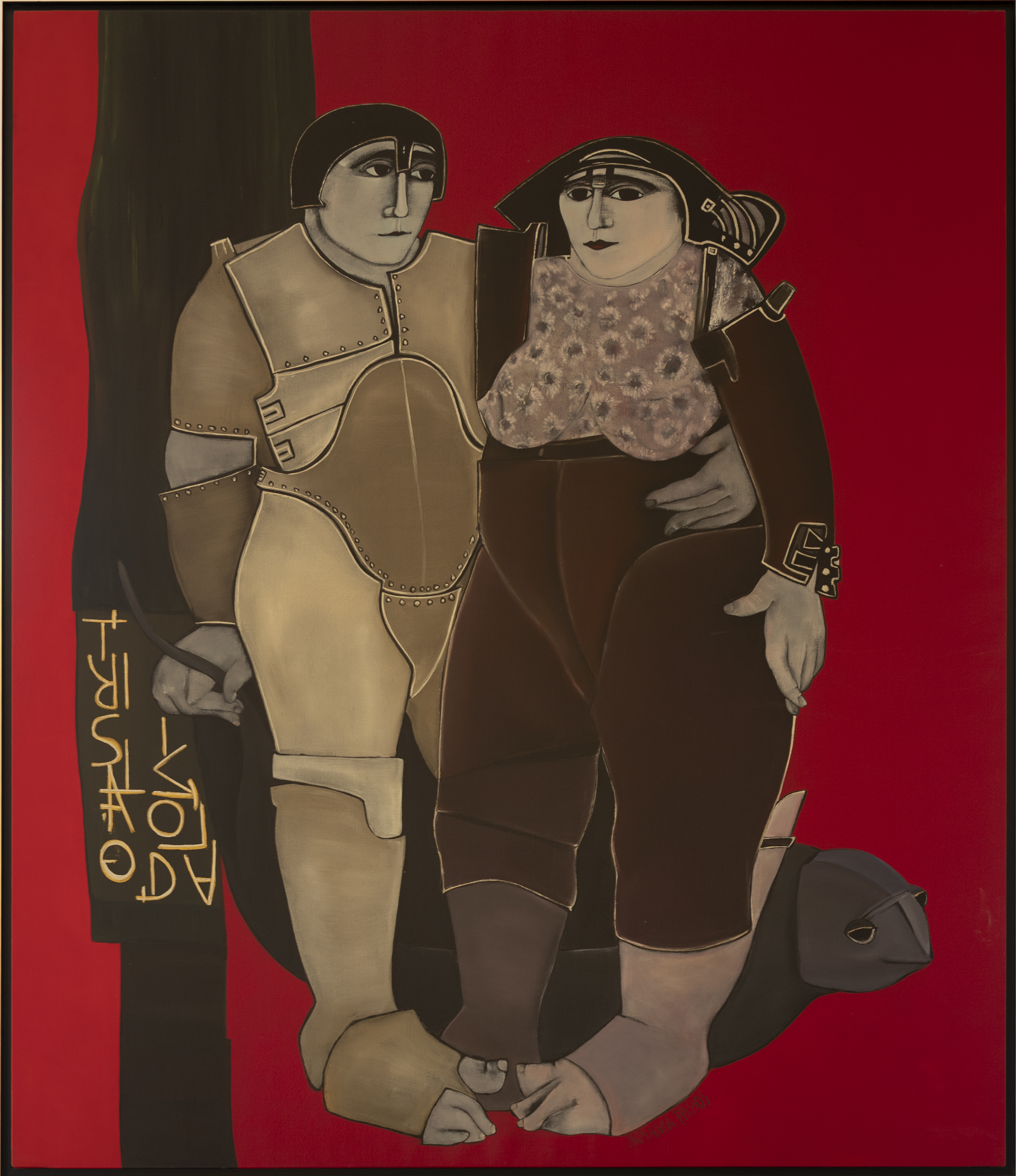
Still on the 6th floor, on the left-hand side wall of the atrium, in the area belonging to the Porto Regional Attorney General's Office, we find the second work by the painter Armanda Passos, entitled “Tristão e Isolda” (Tristan and Isolde), oil on canvas, 2 metres wide by 1.7 metres high. Undated, signed and catalogued in the book "Casa Armanda Passos".